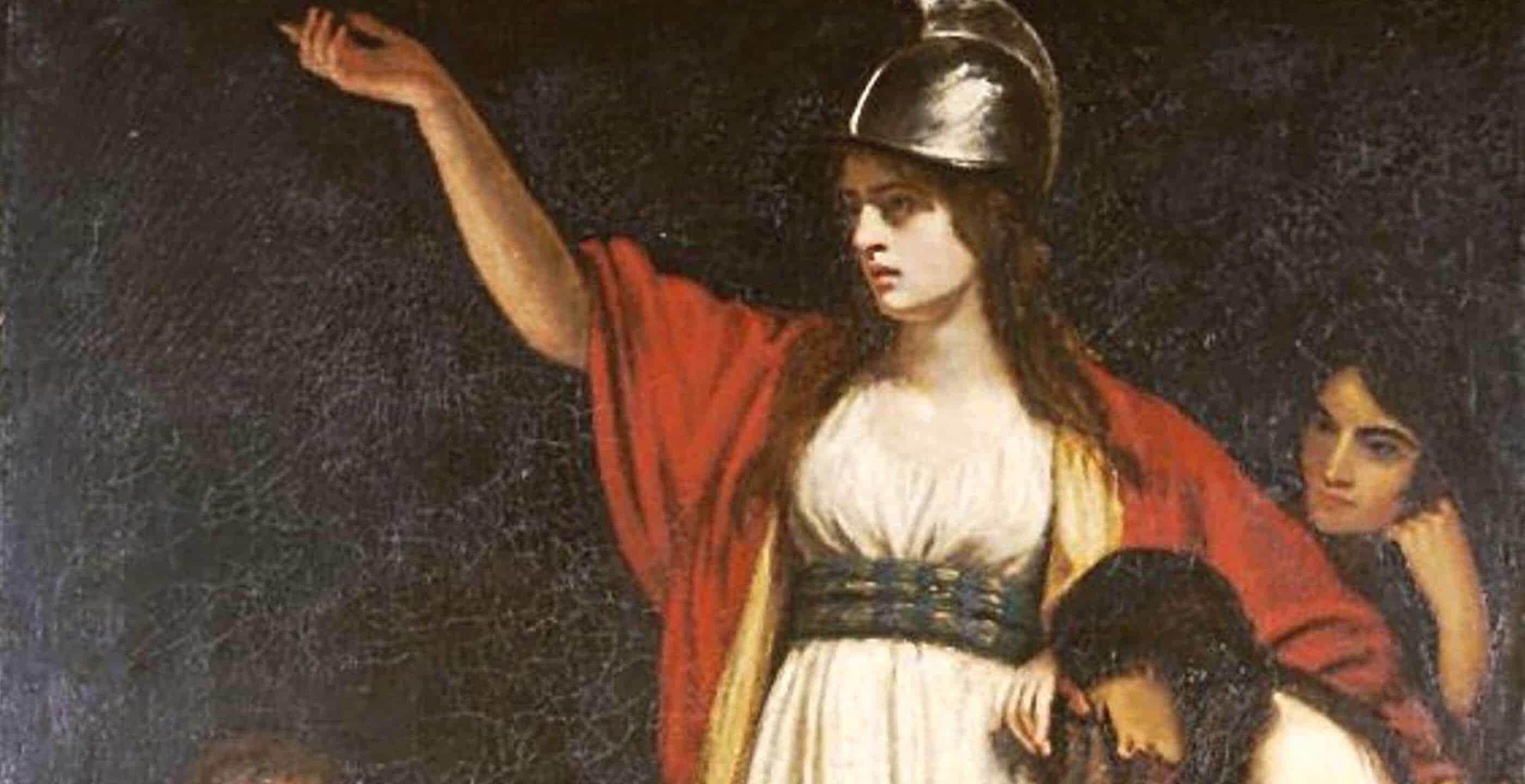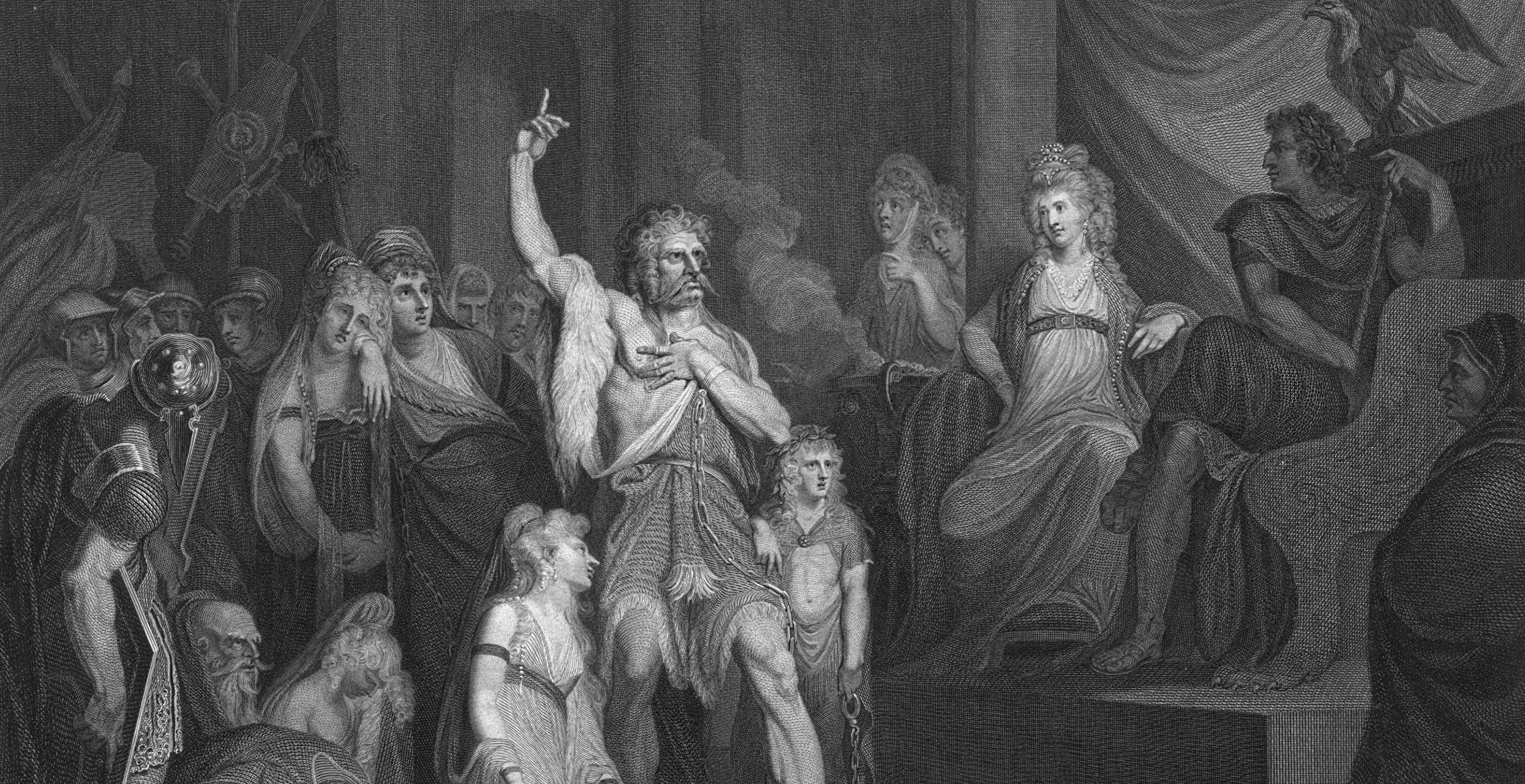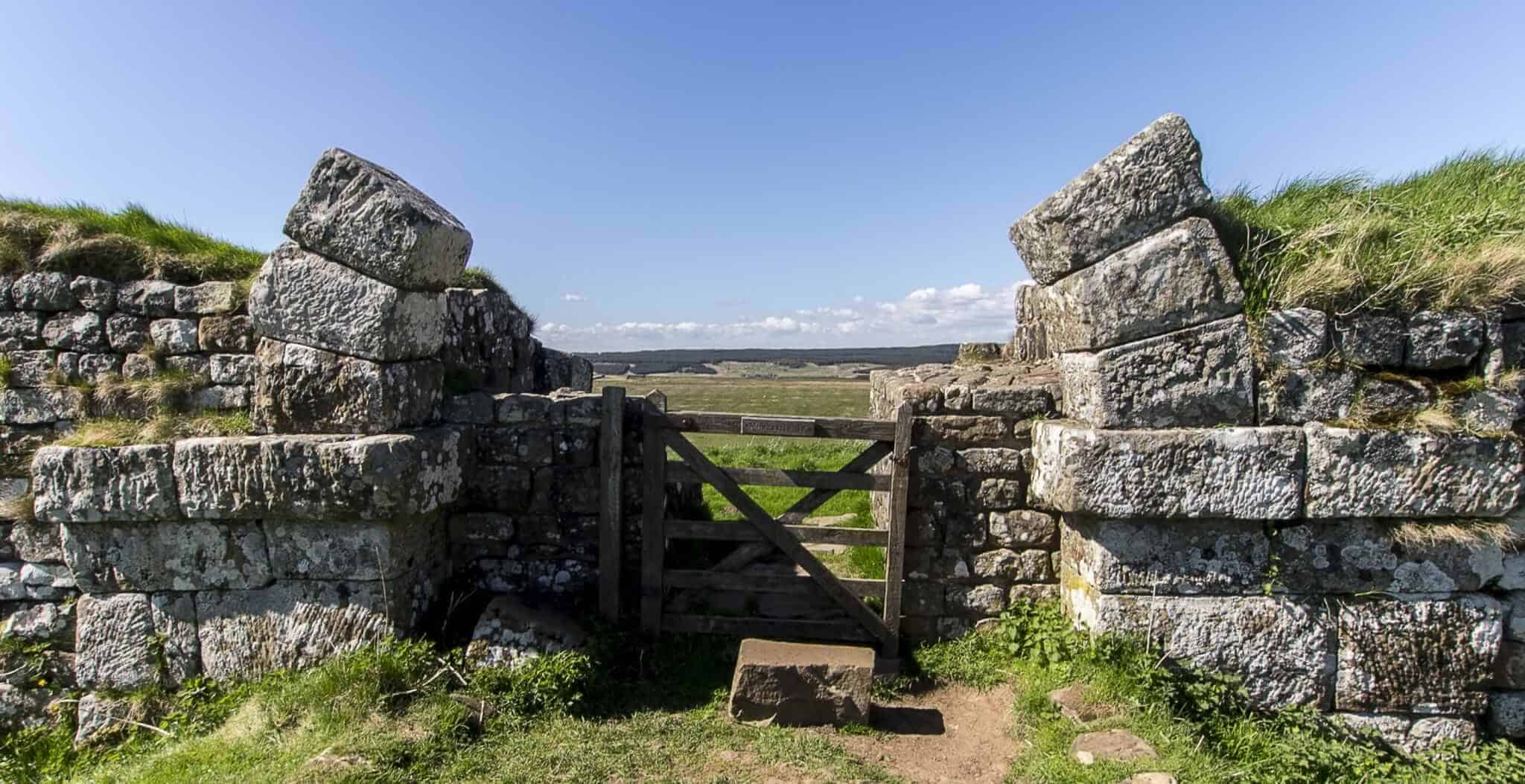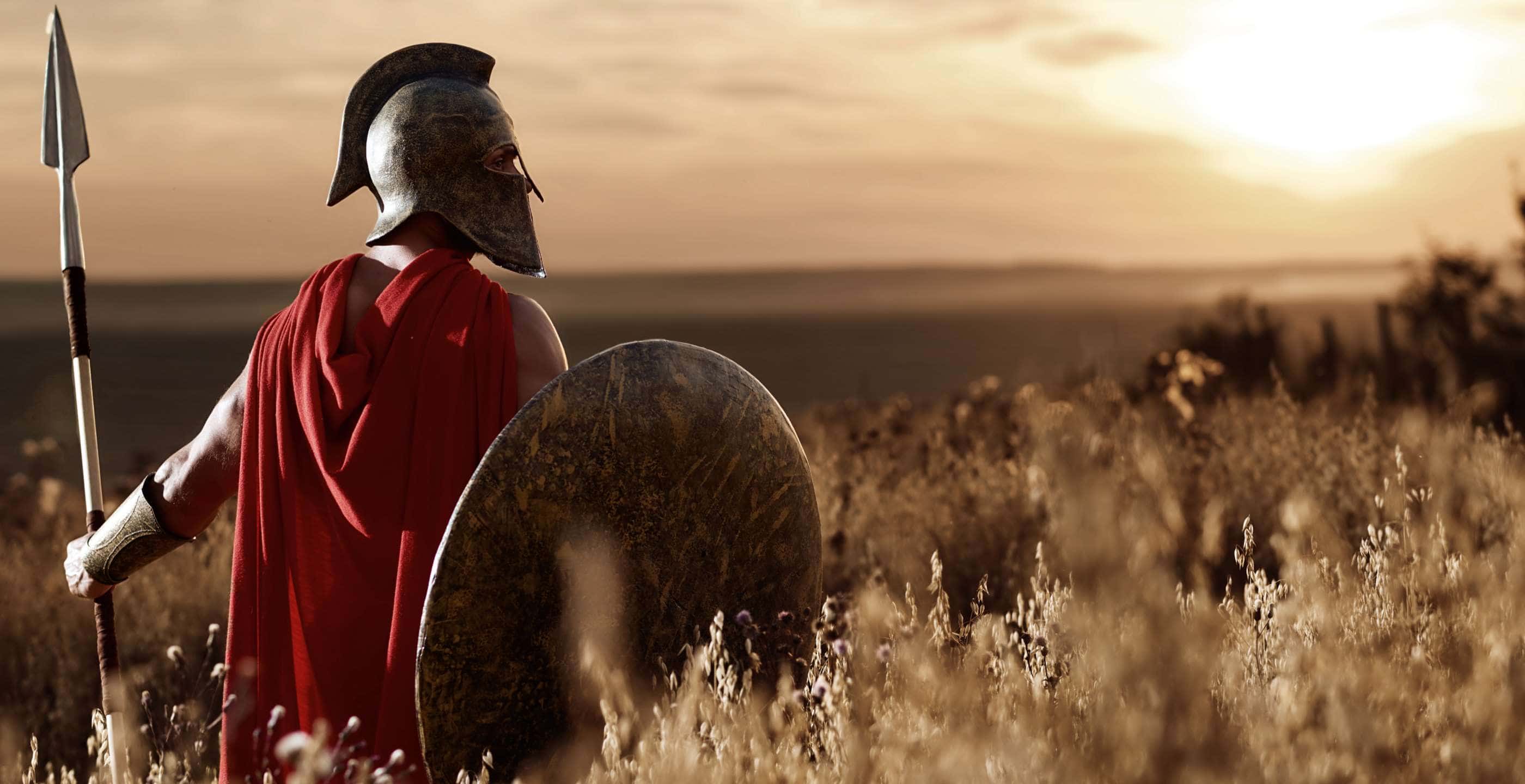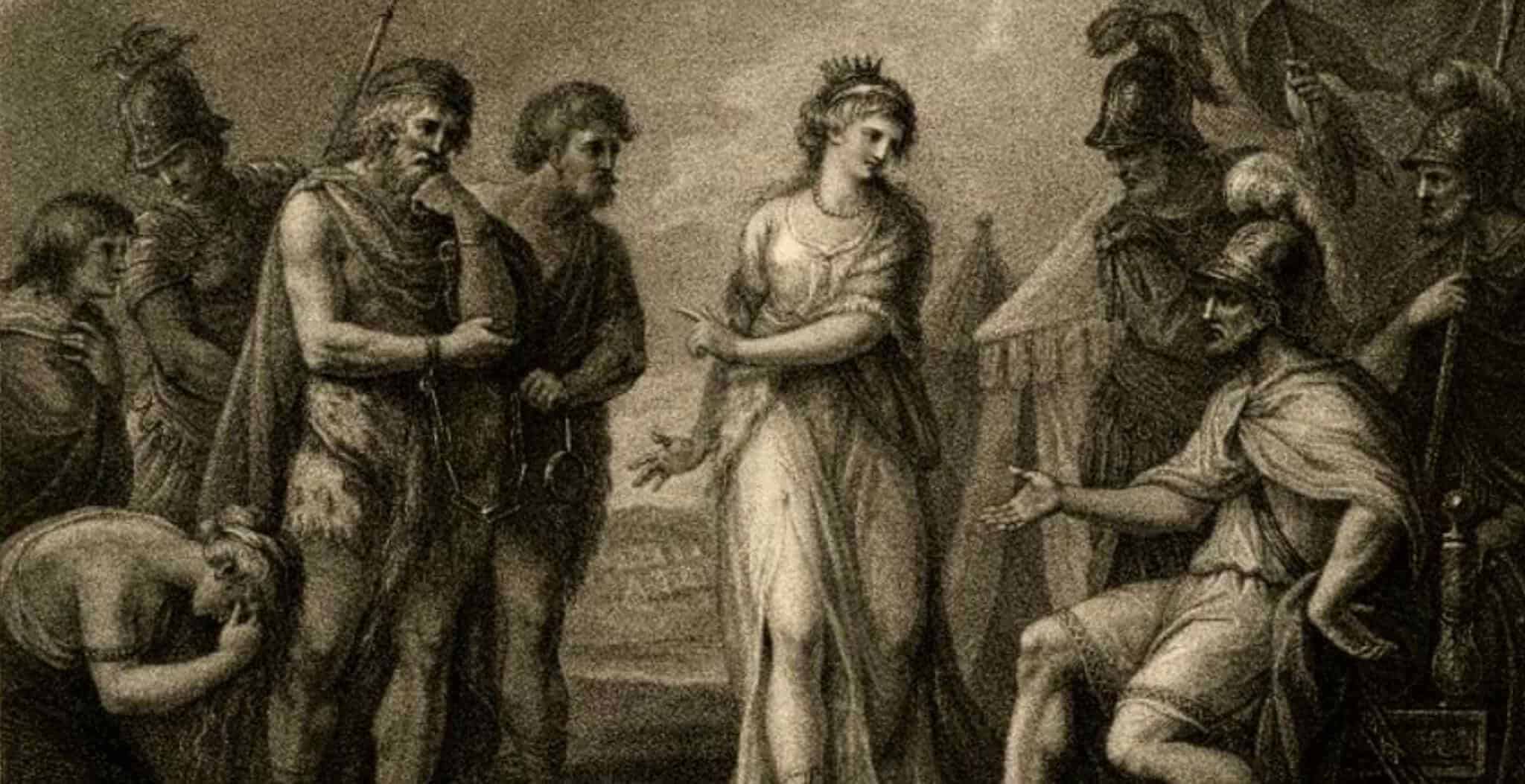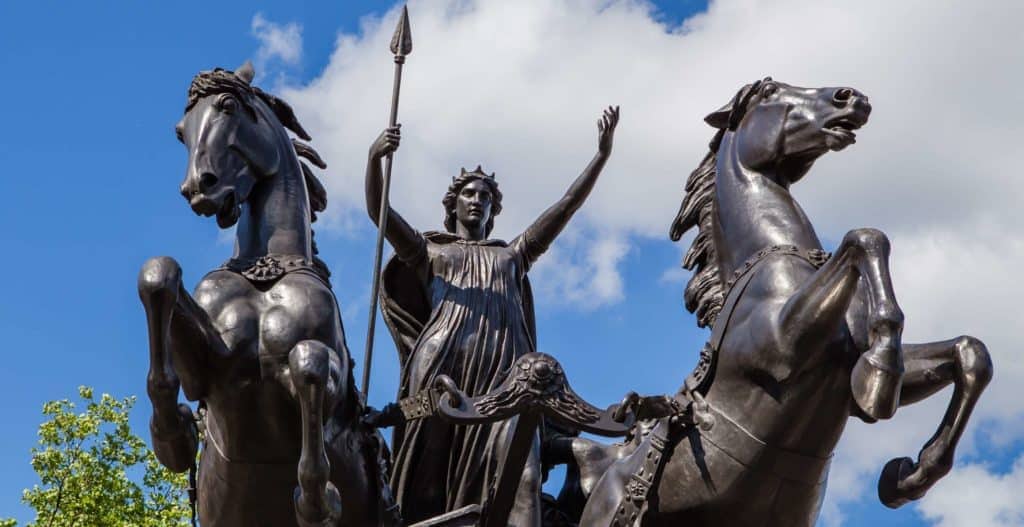Camulodunum (Colchester) was the capital of Roman Britain, and the site of the first battle of the Iceni rebellion. What happened at Camulodunum deserves special mention as it was not simply a battle, but a systematic slaughter of every Roman who lived there.
The rage of the occupied Britons is hard to overestimate. The wound that had been festering among the British tribes at the rough handling of the indigenous people was finally cauterised with the systematic butchering of every Roman in Camulodunum.
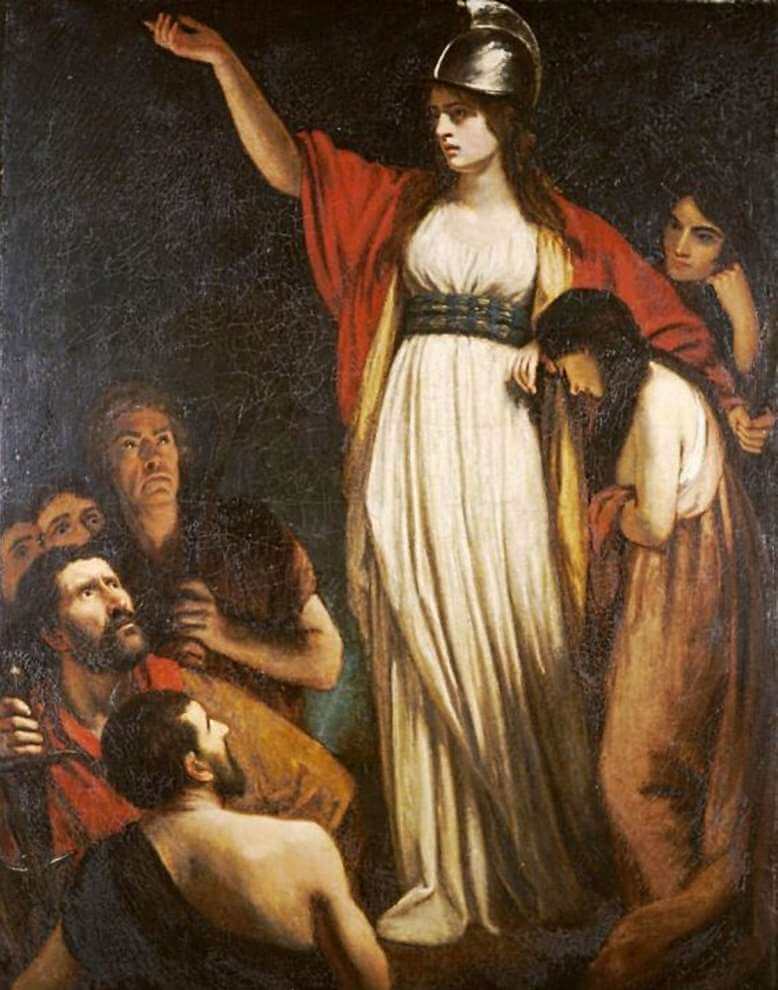
The mutual hatred at the time was palpable. Boudica was ruler of a satellite kingdom to Rome, and by that measure, very probably a Roman citizen. After the death of her husband Prasutagus, the imperial procurator Decianus Catus seized all of his estate. When Boudica contested this, she was flogged and her daughters raped. To strip and flog a Roman citizen would have been anathema, but more than that, to gang-rape two princesses, who were most probably virgins, was even more unthinkable. The fact that the Roman historian Tacitus describes these events so sparingly shows the abhorrence with which this would have been considered at the time. Tacitus, who delights in the description of the later brutalities of the campaign, is circumspect at best in describing these atrocities, for that is what they were. This shows his shock and disgust at these events. Romans considered the Iceni sub-human and treated them so; the Iceni saw their occupiers as brutal and amoral. This sickening symbiosis of hatred led to what was one of the most violent massacres of the time.
Camulodunum was no different to any other Roman occupied town at that time. With the indigenous peoples being taxed to pay for their own servitude, the occupation was universally despised. At the same time there was famine and people were going hungry: add to this the fact that some taxes were paid in grain, and the resentment only deepened. Furthermore, young Iceni men were being conscripted into the Roman army to fight and die for those they hated, and the tribal lands were being systematically seized by Roman citizens, dispossessing those who had lived on and farmed that land for years.
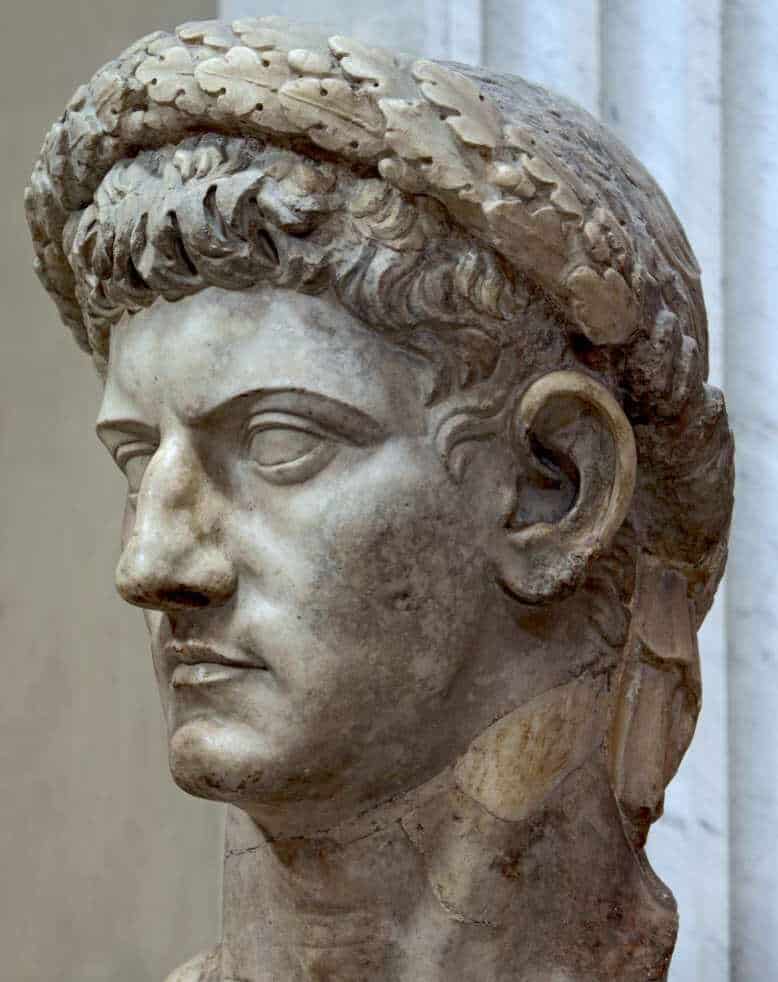
However, what made Camulodunum more important than most was the adding of insult to this already immeasurable injury: the construction of the Temple of Claudius. This temple was erected in the town to honour the very Roman Emperor who had enforced their subjugation. The people loathed this symbol of Roman dominance.
When Boudica’s rebellion began in outrage in AD60, Camulodunum was not chosen as the first target for their collective retribution by accident, but because it exemplified the quintessential Roman rule in Britain at the time.
The land surrounding the town had been taken from the Trinobantes tribe and given to Roman veterans to live out their retirement in peace and comfort. The town had been completely rebuilt on a Roman grid system and the temple to Claudius had been erected within it.
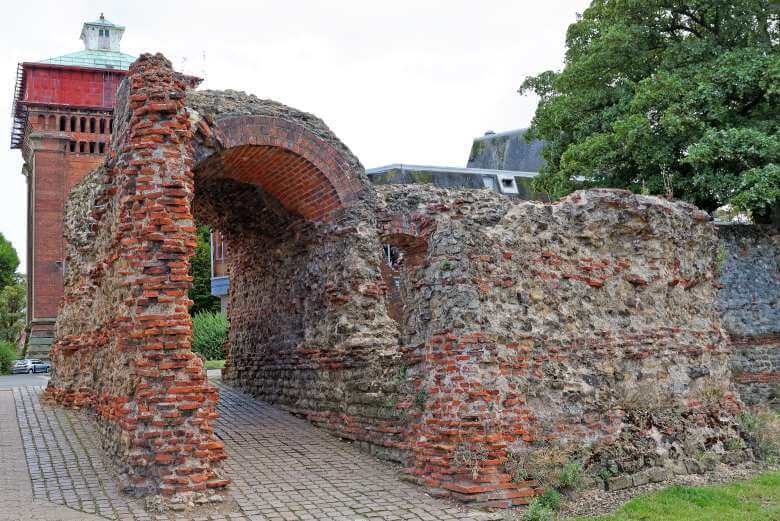
The Trinobantes had been some of the first to join the rebellion, aching to revenge themselves on their Roman overlords. As the army (and it was an army) marched towards Camulodunum many, many more people joined the rebellion. It was no longer an Iceni force but a British one, furious and hell bent on erasing the Romans from British lands. Estimates vary wildly, but when the army reached Colchester it was certainly in the tens of thousands, with some historians arguing it may have numbered as many as one hundred thousand.
Camulodunum was completely unprepared for the onslaught. If they had known that Boudica was coming for them with her armies, they were certainly not as afraid as they should have been, at least not until it was too late. When the Roman veterans and townspeople realised this was not a mere gaggle of women but a rolling tide of rage and hatred, heading straight for them with a palpable blood thirst, they begged Londinium for help. But it was too late. There were no legions in the area and Londinium sent a paltry 200 men to their defence. The veterans did the best they could, they were no strangers to Rome’s fight, but they were long retired, and the 200 sent to help them were not nearly enough.
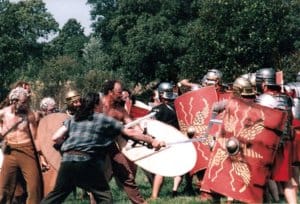
The battle was over before it began. Boudica and her army slaughtered everyone. They poured into the town like an unstoppable plague of death and destruction. People fled where they could but were inevitably caught and brutalized. Some historians state that women had their breasts cut off and forced down their throats; people were hacked to pieces where they stood or cut down as they ran. It is no exaggeration to say that the streets would have run red with blood. Those who turned to their Emperor and their gods for help by taking refuge in the temple that was so despised, were routed and murdered. No one was left alive. The Britons revenge was bloody, brutal and unstoppable.
Camulodunum was not a battle within a rebellion, it was a revenge massacre. So great was the tribes’ rage, they did not even loot the town but purposefully burned the buildings to the ground. They would rather annihilate any sign of Roman occupation rather than take anything of value to be found. When they had exacted their terrible revenge on Camulodunum their focus turned to Londinium, where the rebellion was to claim even more lives. When it was finally over, the death toll was estimated at around 70,000.
There is one enduring mystery to this. It is undeniable that this massacre occurred and that the Iceni rebellion took place, and yet, where are the bodies of those that were slaughtered at Camulodunum? Throughout history there are only two instances of bones being found in Colchester dating from Boudica’s rebellion, once in 1965 and then again in 2014. If so many people perished within this town, where are their remains? And what really happened to the bodies of those who were butchered so brutally in Camulodunum in AD60?
By Ms. Terry Stewart, Freelance Writer.
